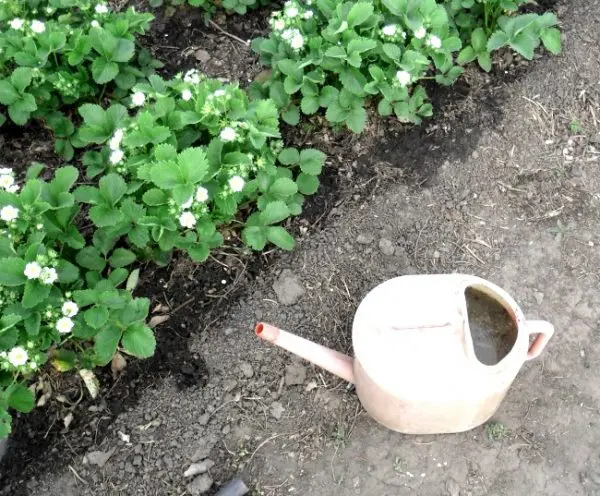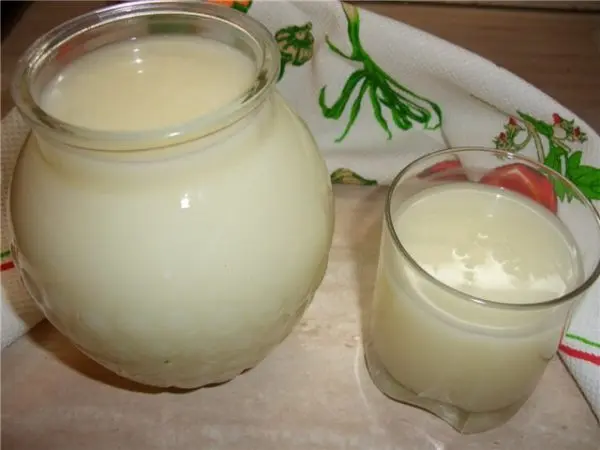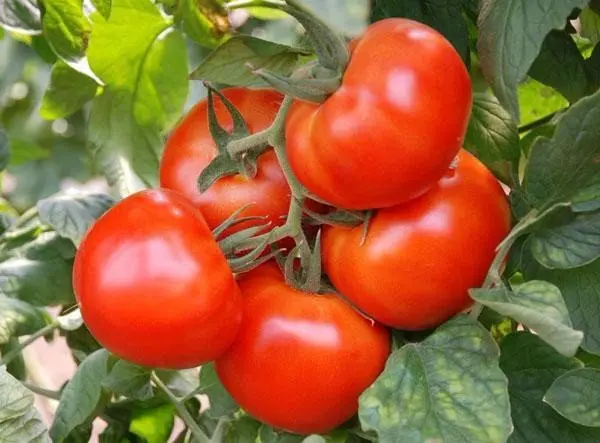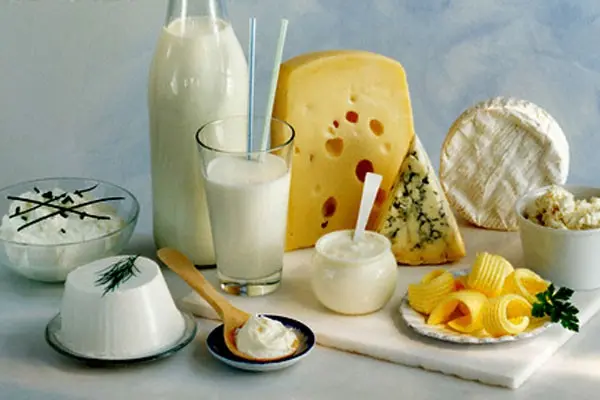Contents
A plentiful harvest of healthy and natural products is the cherished goal of every gardener or gardener. But in order for the plants to develop well and bear fruit, fertilizer must be regularly applied to the soil, and preferably organic. Gardeners use a variety of natural remedies to feed plants: from manure to herbal infusions. No less popular among the people is ordinary whey, which remains from sour milk. On its basis, useful and nutritious solutions are prepared to help fight plant diseases and pests.
Fertilizer description
Whey is a secondary product obtained during the processing and curdling of milk. Its basis for 93% is water, and the remaining part (7%) contains almost half of all solids present in the dairy product. There are no milk proteins and fats in the whey liquid, but there is a high concentration of whey proteins, which contain amino acids – organic substances that can replace all useful microelements obtained from the soil for plants. In addition, the whey product contains many salts and vitamins necessary for the growth and fruiting of garden crops.

Milk whey liquid has an acidic environment, due to which it effectively inhibits pathogenic microbes that cause plant diseases. As a fertilizer, it can be applied directly to the soil, or sprayed on the leaves. The main thing is not to exceed the concentration of the solution, and not to add too much of it, since in this case the pH of the soil may drop significantly, which will not have the best effect on the development of plants.
Whey liquid as a top dressing for the garden in its pure form is practically not used. Before entering into the soil, it should be diluted with ordinary water of medium temperature in a ratio of 1:10. For spraying foliage, the concentration of the solution is increased to 1: 3. To control pests, other organic and disinfecting components are often added to serum solutions, for example, ash, iodine, yeast.
Video “Natural Serum”
Video review of do-it-yourself feeding for tomatoes.
What are the benefits of whey
Whey liquid-based solutions have many beneficial properties for plants:
- saturate the soil with minerals and vitamins, which improves the development of fruitful crops, and increase productivity;
- the acidic environment of the solutions contributes to the inhibition of bacterial and fungal microflora – powdery mildew and late blight are the strongest enemies of most vegetable crops, and after treatment with whey solutions, the plants become healthy and intact;
- whey, diluted with water and iodine, is used for fertilizing and spraying vegetables such as cucumbers, zucchini, pumpkins, squash, tomatoes, cabbage – a series of sprays allows you to achieve higher yields of these crops;
- many gardeners use a whey product to speed up the maturation of compost;
- harmful insects like to feast on whey liquid – to make a trap, a third of the liquid is poured into a small container and left on the site overnight, in the morning you can find the full capacity of various caterpillars, codling moths and other plant pests.

Serum top dressing can also be used for growing some garden plants: ferns, roses. Due to its properties and high concentration of nutrients, gardeners use it not only for treatment, but also for the prevention of diseases of cultivated plants.
How to cook yourself
Serum solutions are used for watering, or spraying the deciduous parts of plants, since a pure product, when applied to the soil, can do more harm than good. In the preparation of solutions, both store-bought and homemade whey is used. It is very easy to prepare it at home. Milk should be placed in a warm place.
To speed up the process, you can add a little of any fermented milk product to it. Then put the sour milk in a saucepan, heat well, without boiling. When the liquid is separated from the total mass, the curd should be squeezed out with gauze, and the resulting liquid should be used to prepare the solution. About 600 ml of liquid is obtained from a liter of milk.

The composition and concentration of solutions depends on its purpose. If it is supposed to be applied under the root of the plant, then the serum liquid should be diluted with water at the rate of 1:10. For processing leaves, the concentration of the solution may be higher – 1: 3. When spraying, it is recommended to add grated laundry soap – it prevents the solution from draining from the leaves, which increases its effectiveness. Undiluted whey liquid can be sprayed only with late blight, or powdery mildew. To get rid of pests, a solution with the addition of iodine is also used. To 10 liters of clean liquid, add 10 drops of pharmaceutical iodine, mix thoroughly, and spray the plants both during diseases and for their prevention.
There are also more complex recipes containing a whey product, developed by breeders in order to increase soil fertility. To prepare the product, you will need a large barrel of about 200 liters, in which you need to place the following components:
- a fermented mixture of sugar and yeast (100 g of sugar and a piece of yeast, pour 3 liters of warm water) – leave for 3 days before adding;
- manure or bird droppings – 0,5 buckets;
- compost, or any rotted plant residues – 1 bucket;
- sand – 1 shovel;
- ash – 1 shovel;
- turf, or simple earth – 1 shovel;
- whey product or yogurt – 1 l.

The contents of the barrel must be mixed well, filled to the top with water and kept for 7 days. Use for application to the soil, before use, the finished solution is diluted in half with water.
Video “Feeding for fruit plants”
Video instruction on how to make a natural top dressing that is suitable for most fruit plants. For example, cucumbers, tomatoes, peppers, eggplants and so on.









